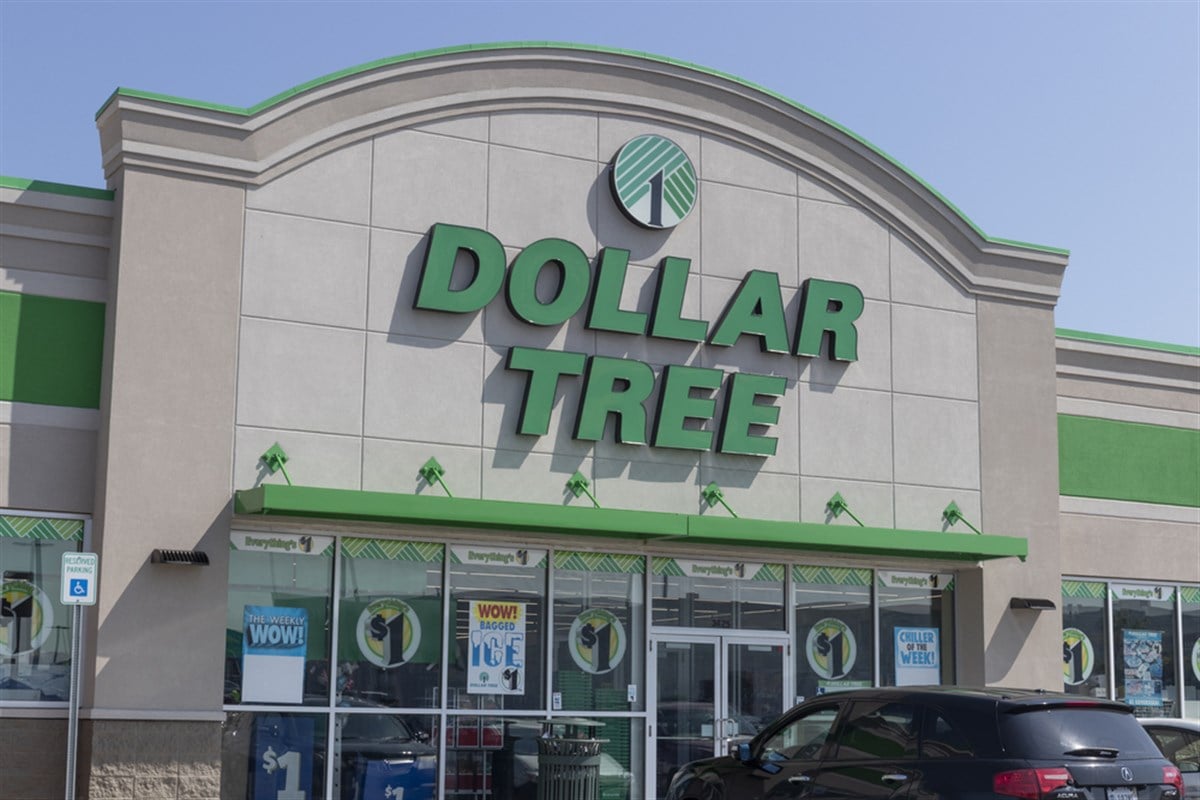
When the Federal Open Market Committee (FOMC) voted to lower the federal funds rate by 50 basis points—rather than a widely expected 25—at its September meeting, the S&P 500 continued its seemingly optimistic path skyward to fresh record highs. Many investors had already factored an anticipated rate cut into their calculations, helping to push the market upward throughout most of this month.
However, while the broad response to news of the rate cut was largely positive, the immediate and medium-term impact of the FOMC's decision on individual companies is more difficult to forecast. Some industries—homebuilding and manufacturing—tend to be highly sensitive to interest rate fluctuations and could see early benefits from lowered rates. Retail is another industry that investors typically view as being attuned to shifts in the funds rate. Higher interest rates make customers less likely to spend their money.
In the discount retail space, however, the situation is likely more complex. Companies like Dollar Tree Inc. (NASDAQ: DLTR), Dollar General Corp. (NYSE: DG), and Five Below Inc. (NASDAQ: FIVE) have faced earnings misses and other significant challenges in recent quarters, even as the broader market has reached new highs.
Increased Traffic But Declining Transaction Amount
In Dollar General's second-quarter earnings call, CEO Todd Vasos highlighted the company's 1% year-over-year increase in customer traffic compared to a modest decline in the average transaction amount. In its second-quarter report, Dollar Tree pointed to weak demand from its family Dollar brand's lower-income core customer base.
These results point to the challenges facing traditional customers for many discount retailers—individuals and families with lower incomes have been particularly impacted by many quarters of high inflation paired with relatively high interest rates. With the price of many items higher than it was just a few quarters ago, customers have turned to utilizing credit cards for purchases—Dollar General has said that about a third of its customers reported having at least one credit card at its spending limit, with more household necessity purchases being made using credit cards.
Lower-income customers have found discount retailers to be a comparably affordable shopping option, as evidenced by the slight uptick in customer traffic referenced above.
However, with paychecks being stretched farther, these customers are more likely to focus only on basic necessities, and sales for product categories, including seasonal home goods and apparel, have fallen. Dollar Tree reported that consumables sales were up in the latest quarter, helping to improve gross margin.
Rate Cut May Help, But Not Immediately
A federal funds rate cut could lead to a lower prime rate and potentially lower credit card interest rates. Given a shift toward increased credit card usage to cover shortfalls in monthly budgets, this could have a positive impact on spenders. However, there is no guarantee that card issuers will lower their rates in tandem with the FOMC, and any positive impact on consumers will likely be minimized and not immediate.
Similarly, cash-strapped consumers looking for higher-paying jobs may find that the rate cut eventually leads to a stronger pool of available positions as companies can better afford loans that allow them to expand their operations. But again, any impact on individual customers will likely be indirect and delayed. And the real impact of the Fed's rate cut on unemployment levels, which have been rising throughout the year, remains to be seen as well.
Period of Adjustment for Discount Retailers
Analysts across Wall Street are viewing discount retailers with hesitation in the midst of a challenging macroeconomic environment punctuated by the Fed's rate cut. Most ratings for Dollar Tree, Dollar General, and Five Below suggest that investors hold these stocks, as all three companies lowered full-year guidance in their most recent earnings reports.
At the same time, the average price targets for each of these firms also suggest that investors believe there is potential for stock improvement given a sufficient timeframe and depending on the realized impact of the rate cut. Dollar Tree, Dollar General, and Five Below shares have upside potential of 28.2%, 32.4%, and 16.5%, respectively.
Investors should also remember that, with prices on many goods remaining high, discount retailers offer a value proposition that may continue to entice new customers. For instance, Gen Z and millennial customers have flocked to discount stores in search of more competitive deals.













